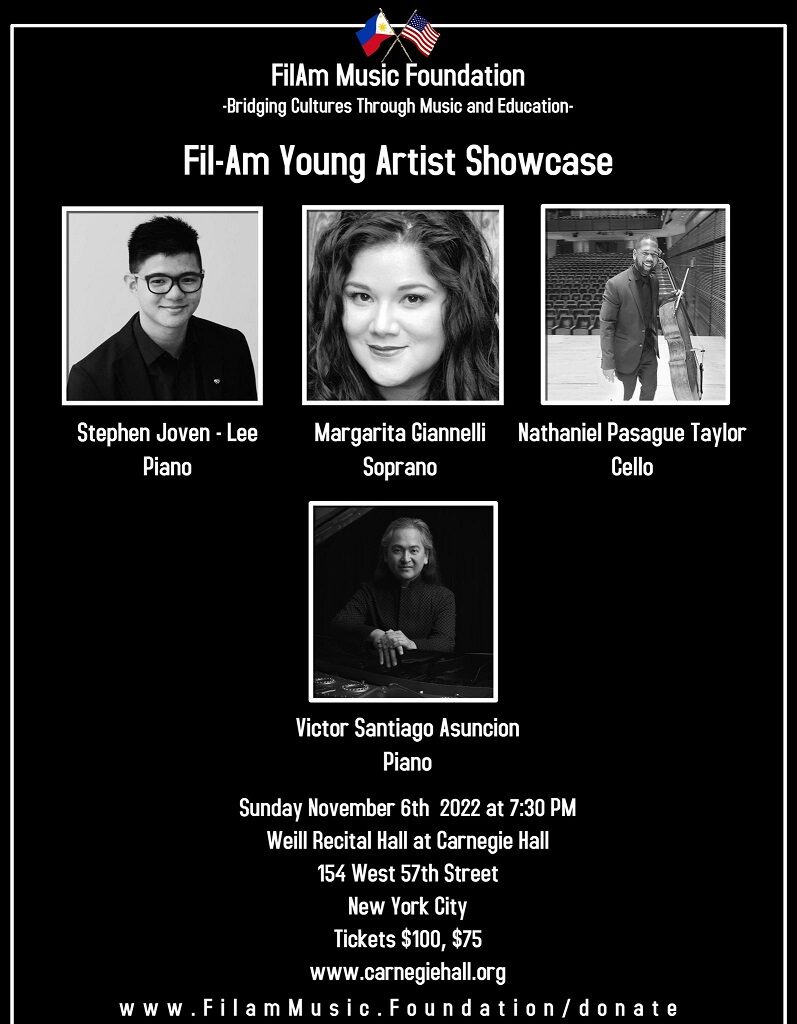Cheyenne Concepcion’s St. Malo sculpture comes to Queens

Cheyenne Concepcion, a multi-disciplinary artist and designer, has created a sculpture called “Disappearing St. Malo,” referencing the first Filipino settlement in the United States. The bahay kubo-style art piece is currently on exhibit at the Socrates Sculpture Park in Long Island City in Queens.
The settlement, founded in 1783, is located in the bayous of Louisiana and is now frequently submerged as sea levels rise. Her sculpture re-imagines the settlement’s architecture that resembles the bahay kubo, stilted houses native to the Philippines, with a lifted porch and a hat-shaped thatched roof made of mylar plastic. She said her work calls attention to the “rising sea levels that threaten cultural heritage as well as private property, but also highlights the ways in which communities have adapted, survived, and thrived amid water environments and adverse circumstances.”
“With this work, I’m bringing this lost place into our collective memory as a site-specific architectural installation and platform for creative exchange,” she said by way of an artist statement. “As an installation, like the Manila Men before me, I construct the pavilion in the bahay-kubo style with the materials I have readily available: wood, mylar, nylon nets. The meandering silver mylar also recalls the site’s industrial past and that connection to climate change. This project questions how we recall a place of historical significance that’s already begun to fade away.”
The Los Angeles-born Cheyenne said her work is “part social commentary, part group therapy.”

Wood, nylon nets and mylar
Socrates Sculpture Park
“I work across a wide variety of mediums including sculpture, architecture, design, installation, social practice, and textile to tell stories of the disenfranchised, of the politics of place and to advocate for awareness.
“Ultimately, my driving motivation is to bring visibility, community connection and forgotten stories to the forefront of America. I believe this process creates political power and we can harness that power to create change.”
She has received fellowships and residencies from Monument Lab, Yerba Buena Center for the Arts and the Goethe Institut and was a recipient of the Excellence in Design Award from UC Berkeley. A self-taught artist, she received a Masters of Landscape Architecture from UC Berkeley and a Bachelors of Urban Planning from UC San Diego.
The Concepcion family came to L.A. in the 1980s.
She recounted to The FilAm, “They were getting nervous about the Marcos regime.” Plus, her grandmother was able to get a tourist visa for her and her four children to come to California. “The family ended up staying.”
She came to know Louisiana intimately by reading its history online and reaching out to Dr. Randy Gonzales and Dr. Michael Menor Salgorolo who are leading scholars on St. Malo.
“They produced an audio component that
occupies the sculpture. As an artist, I work spatially. So, I created the ‘space’
and the ‘seats at the table,’ meaning I designed and built the ‘table’ for
which to facilitate this conversation about St. Malo,” she said.
On October 22, Cheyenne
is hosting a performance-based presentation at the Socrates Sculpture Park in
Long Island City in Queens. The show, called “Departures,” seeks to interact
with more FilAm artists.
According to the park’s website, “Departures” will highlight the work of three New York-based artists. In Act One, historian and scholar Dr. Michael Menor Salgorolo reads St. Malo’s Unexpected Legacy outlining St. Malo’s radical vision. In Act Two, Atlantic Pacific Theater performs “nothing is tubig is nothing is tubig,” a short play by Claro de los Reyes. To close out the program, in Act Three, Kapwa Yoga’s Paul Jochico hosts a movement and mindfulness workshop centered on the indigenous Filipino wisdom of Kapwa, or shared inner self. – Cristina DC Pastor


© The FilAm 2022











